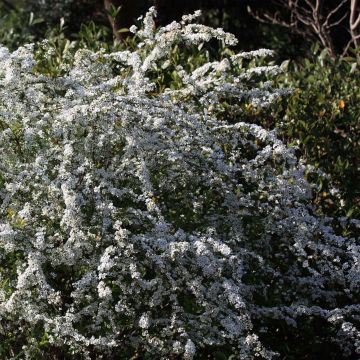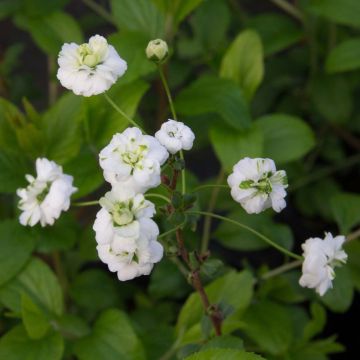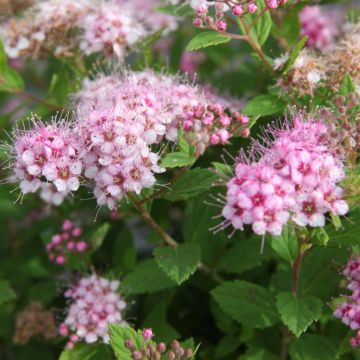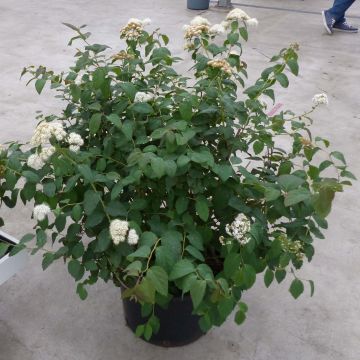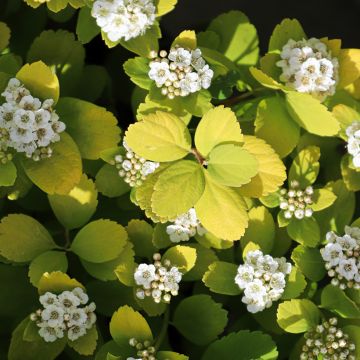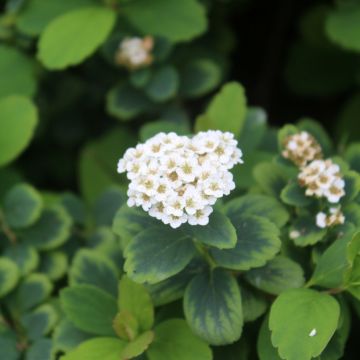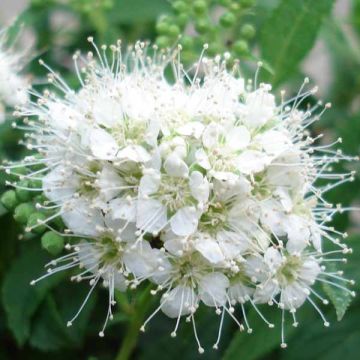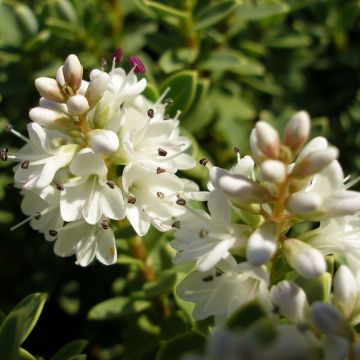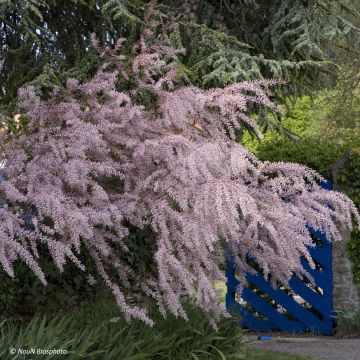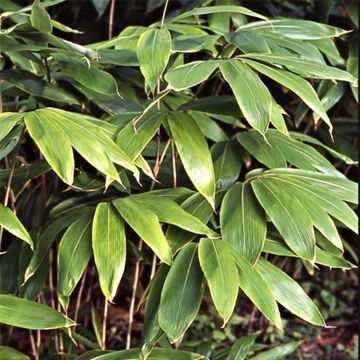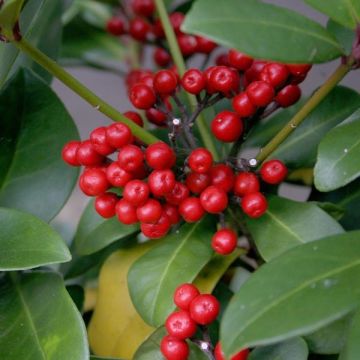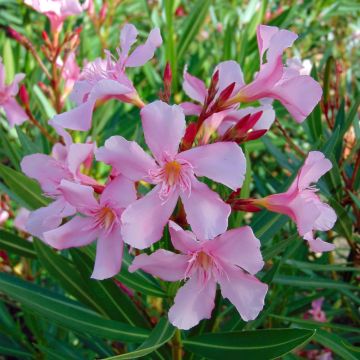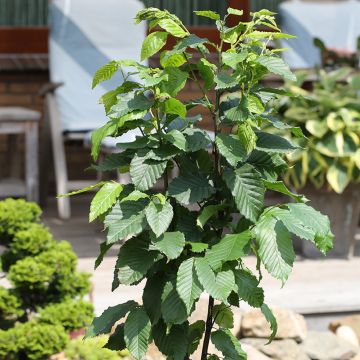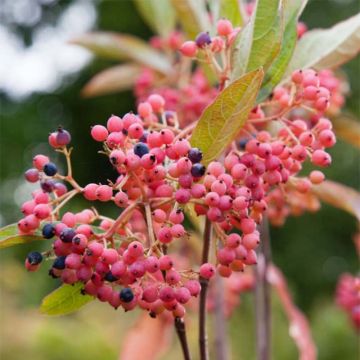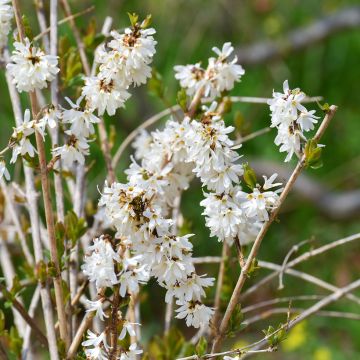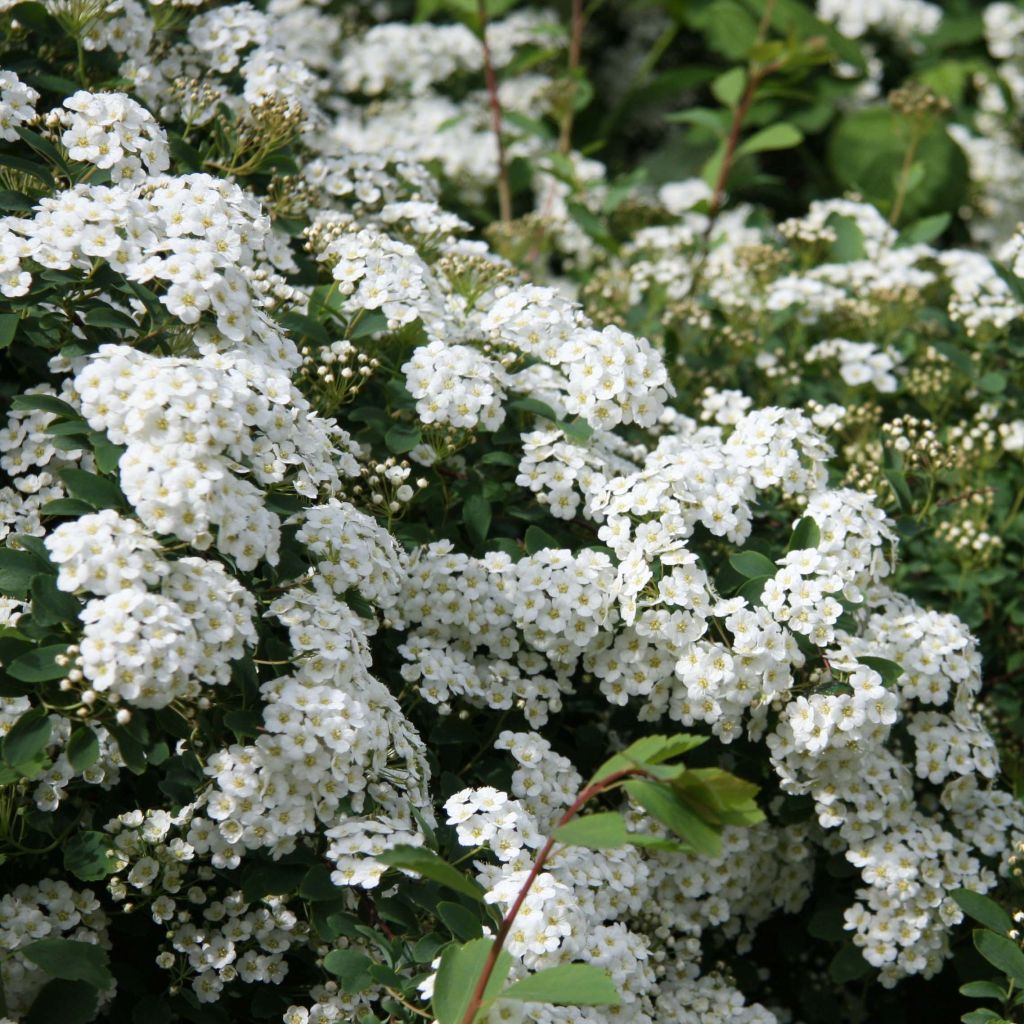

Spiraea arguta
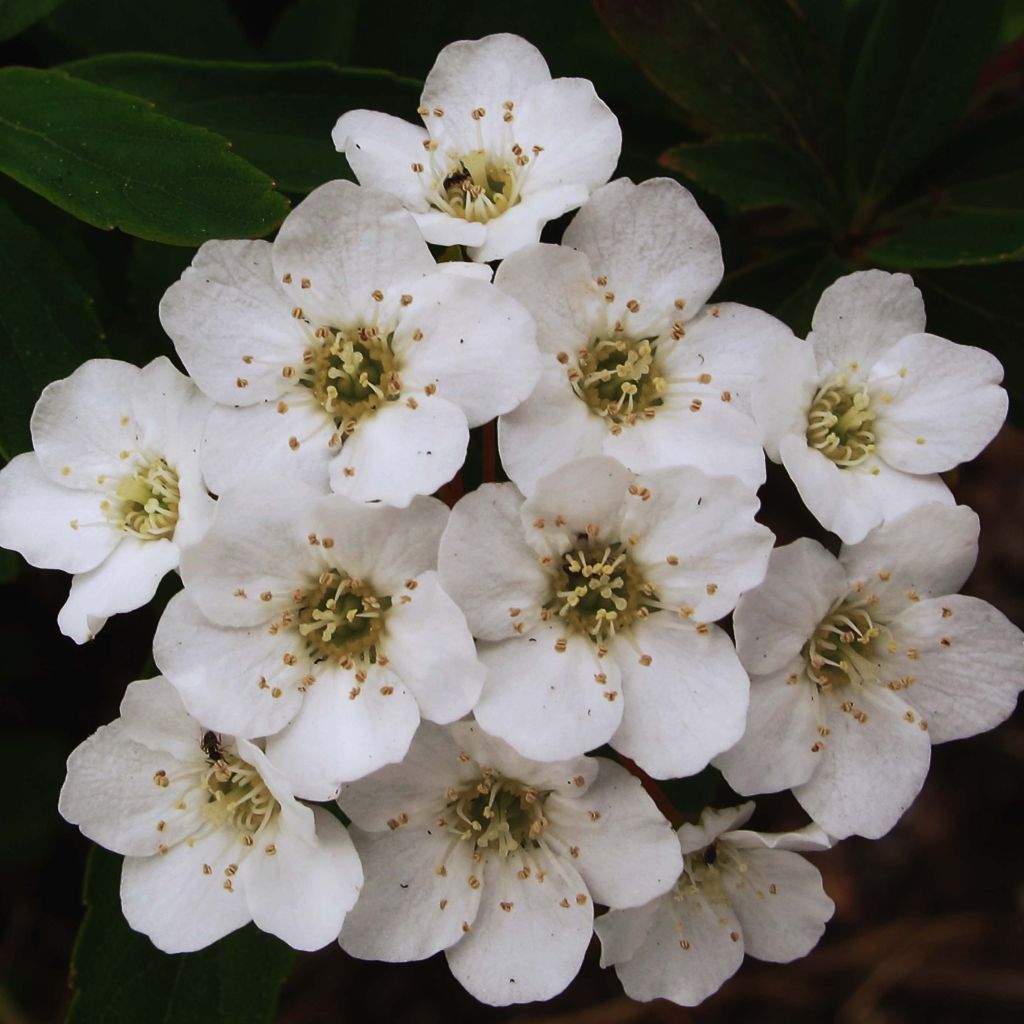

Spiraea arguta
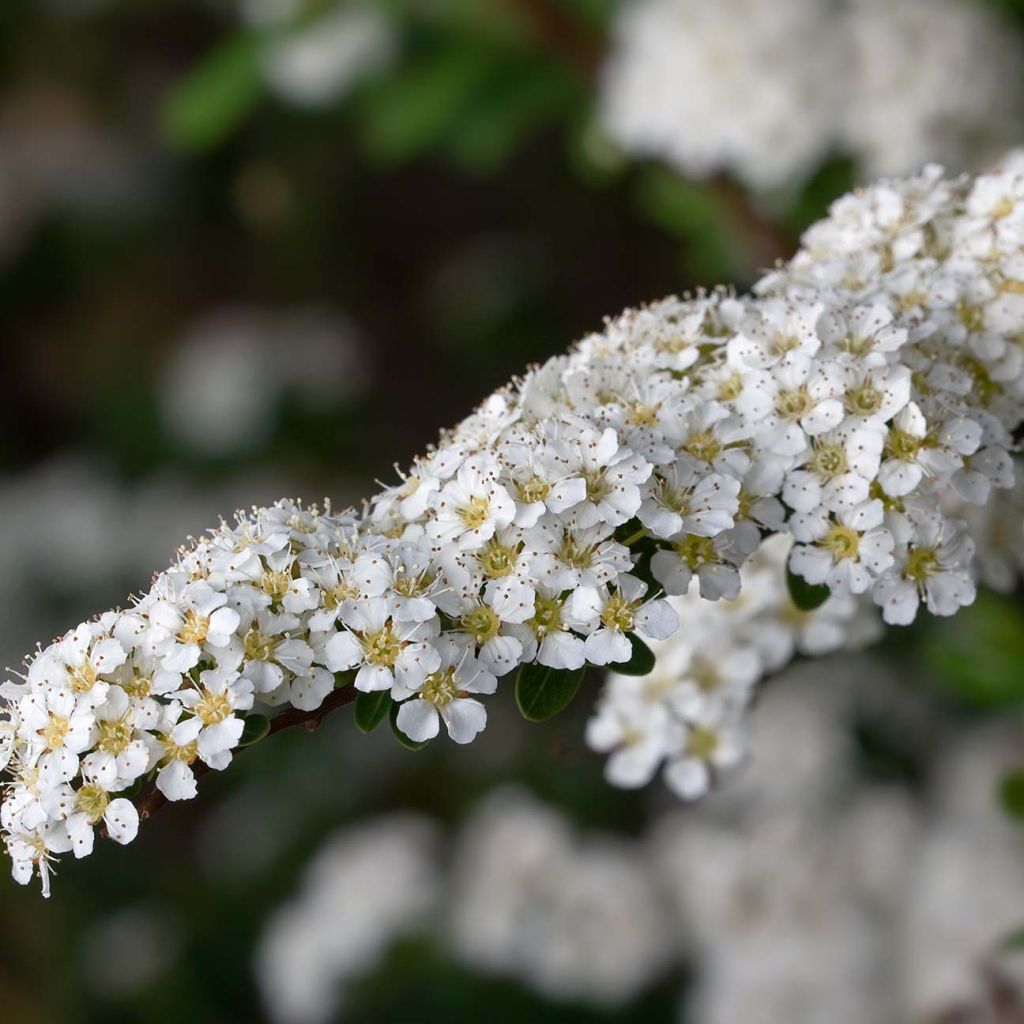

Spiraea arguta
Spiraea arguta
Spiraea x arguta Alba
Bridal wreath Spiraea
This item cannot be shipped to the selected country
Delivery charge from €5.90
Delivery charge from €5.90
Delivery charge from €5.90
Delivery charge from €5.90
Delivery charge from €5.90
More information
Schedule delivery date,
and select date in basket
This plant carries a 24 months recovery warranty
More information
We guarantee the quality of our plants for a full growing cycle, and will replace at our expense any plant that fails to recover under normal climatic and planting conditions.
From €5.90 for pickup delivery and €6.90 for home delivery
Express home delivery from €8.90.
From €5.90 for pickup delivery and €6.90 for home delivery
Express home delivery from €8.90.
From €5.90 for pickup delivery and €6.90 for home delivery
Express home delivery from €8.90.
From €5.90 for pickup delivery and €6.90 for home delivery
Express home delivery from €8.90.
From €5.90 for pickup delivery and €6.90 for home delivery
Express home delivery from €8.90.

Does this plant fit my garden?
Set up your Plantfit profile →
Description
Spiraea arguta, also known as the Toothed Spirea, is a graceful and compact small bush with flexible and trailing branches, completely covered in spring with a multitude of white flowers for three weeks. It is not demanding and can be planted in any garden. Its graceful and rural appearance naturally makes it suitable for large flower beds or hedgerows.
Spiraea arguta (synonym Spiraea multiflora 'Alba') belongs to the Rosaceae family. It is a hybrid obtained from crossing Spiraea x multiflora (another hybrid) and the species Spiraea thunbergii. This bush has a rounded habit, dense vegetation, long and slender upright branches that then trail at the ends, reaching an average of 1.50m (4ft 11in) in all directions. In certain particularly favourable growing conditions, the plant can reach a height of 2m (6ft 7in) to 2.50m (8ft 2in).
The spectacular and abundant flowering takes place in April-May. The tiny white flowers, grouped in small umbels, appear along the branches of the previous year. They are followed by fruits of no horticultural interest, but are attractive to birds for feeding. Spiraea arguta has a bluish-greyish green foliage, which can turn yellow or even tinged with purple in autumn. The leaves are narrow, acute, finely toothed, and measure 2 to 3cm (0.8 to 1.2in).
Hardy, undemanding, requiring very little maintenance, this famous white spirea adapts to all climates, except for excessively arid conditions. It can be used in flower beds, as a standalone plant, in groups, and of course in flowering hedges. In the latter case, to create a small spring flower bed with a light touch, it can be combined with Berberis thunbergii 'Rose Glow', Spiraea prunifolia 'Plena', Prunus triloba 'Multiplex', Prunus x cistena, Prunus tenella, Ribes sanguineum, and white, pink, orange, or even red Cytisus x praecox, which are also frugal plants. In a small garden, this truly graceful bush looks great when planted in groups of 3 individuals on a short grass meadow.
Report an error about the product description
Spiraea arguta in pictures
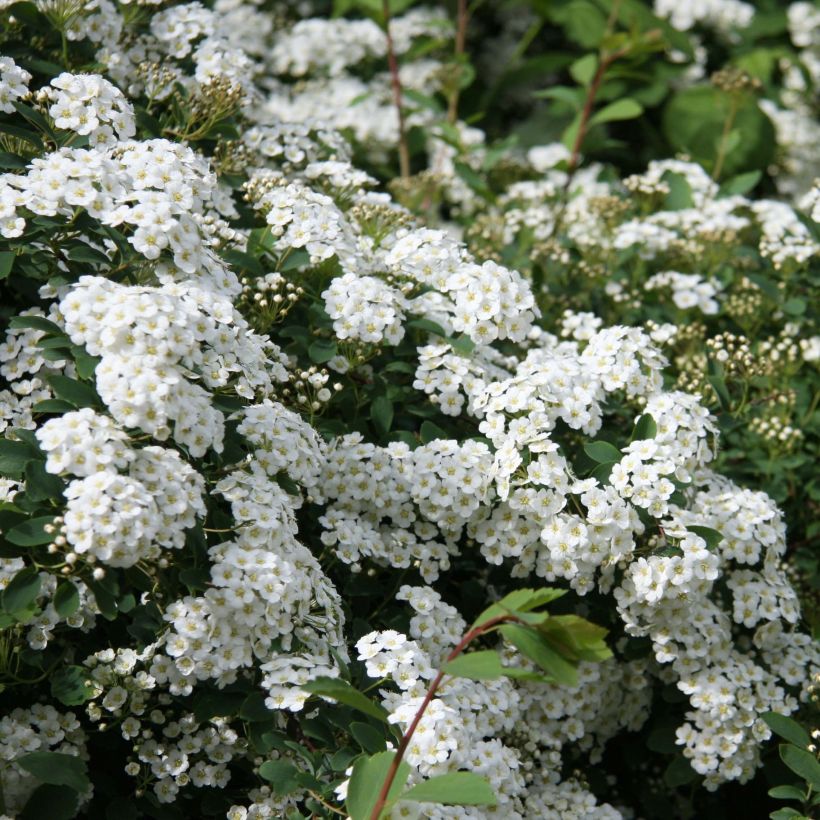

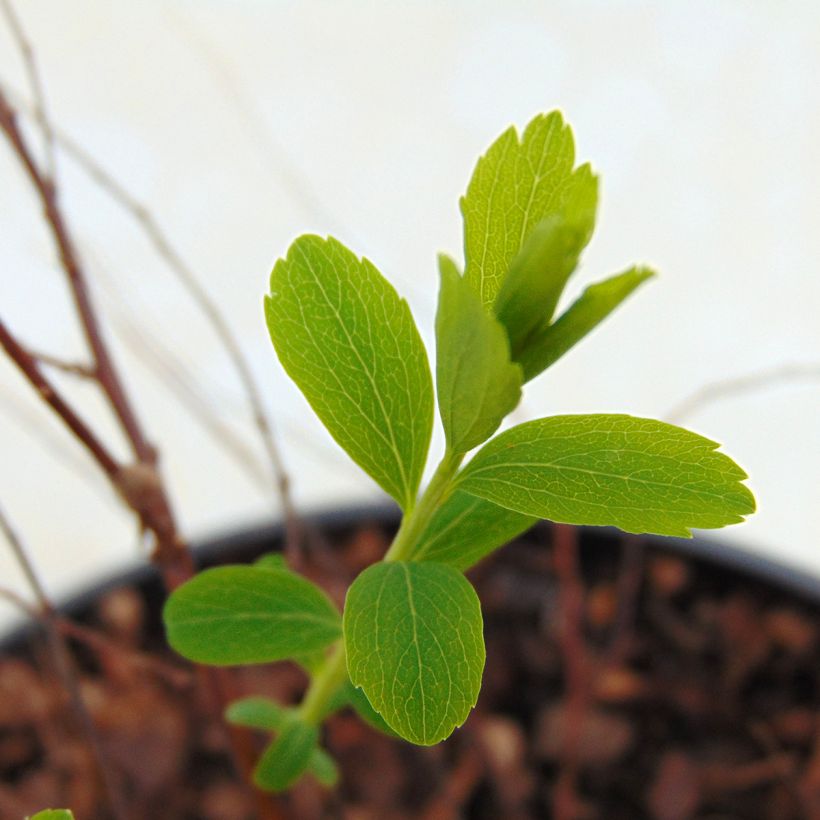

Plant habit
Flowering
Foliage
Botanical data
Spiraea
x arguta
Alba
Rosaceae
Bridal wreath Spiraea
Cultivar or hybrid
Other Spiraea
Planting and care
Plant Spirea arguta in moist to dry, well-drained, neutral or slightly calcareous soil, even poor but sufficiently deep. This low-maintenance shrub will thrive in full sun or partial shade. In order to maintain the vigour of the young plant, it is important to remove the old branches at the base in spring. Prune lightly after flowering if necessary, by removing half of their length from faded shoots. This plant flowers on the previous year's branches. Apply a complete fertilizer every year in March. Water regularly to aid in establishment, especially in dry and hot weather during the summer. Once established, this bush will take care of itself.
Planting period
Intended location
Care
-
, onOrder confirmed
Reply from on Promesse de fleurs
Hedge shrubs
Haven't found what you were looking for?
Hardiness is the lowest winter temperature a plant can endure without suffering serious damage or even dying. However, hardiness is affected by location (a sheltered area, such as a patio), protection (winter cover) and soil type (hardiness is improved by well-drained soil).

Photo Sharing Terms & Conditions
In order to encourage gardeners to interact and share their experiences, Promesse de fleurs offers various media enabling content to be uploaded onto its Site - in particular via the ‘Photo sharing’ module.
The User agrees to refrain from:
- Posting any content that is illegal, prejudicial, insulting, racist, inciteful to hatred, revisionist, contrary to public decency, that infringes on privacy or on the privacy rights of third parties, in particular the publicity rights of persons and goods, intellectual property rights, or the right to privacy.
- Submitting content on behalf of a third party;
- Impersonate the identity of a third party and/or publish any personal information about a third party;
In general, the User undertakes to refrain from any unethical behaviour.
All Content (in particular text, comments, files, images, photos, videos, creative works, etc.), which may be subject to property or intellectual property rights, image or other private rights, shall remain the property of the User, subject to the limited rights granted by the terms of the licence granted by Promesse de fleurs as stated below. Users are at liberty to publish or not to publish such Content on the Site, notably via the ‘Photo Sharing’ facility, and accept that this Content shall be made public and freely accessible, notably on the Internet.
Users further acknowledge, undertake to have ,and guarantee that they hold all necessary rights and permissions to publish such material on the Site, in particular with regard to the legislation in force pertaining to any privacy, property, intellectual property, image, or contractual rights, or rights of any other nature. By publishing such Content on the Site, Users acknowledge accepting full liability as publishers of the Content within the meaning of the law, and grant Promesse de fleurs, free of charge, an inclusive, worldwide licence for the said Content for the entire duration of its publication, including all reproduction, representation, up/downloading, displaying, performing, transmission, and storage rights.
Users also grant permission for their name to be linked to the Content and accept that this link may not always be made available.
By engaging in posting material, Users consent to their Content becoming automatically accessible on the Internet, in particular on other sites and/or blogs and/or web pages of the Promesse de fleurs site, including in particular social pages and the Promesse de fleurs catalogue.
Users may secure the removal of entrusted content free of charge by issuing a simple request via our contact form.
The flowering period indicated on our website applies to countries and regions located in USDA zone 8 (France, the United Kingdom, Ireland, the Netherlands, etc.)
It will vary according to where you live:
- In zones 9 to 10 (Italy, Spain, Greece, etc.), flowering will occur about 2 to 4 weeks earlier.
- In zones 6 to 7 (Germany, Poland, Slovenia, and lower mountainous regions), flowering will be delayed by 2 to 3 weeks.
- In zone 5 (Central Europe, Scandinavia), blooming will be delayed by 3 to 5 weeks.
In temperate climates, pruning of spring-flowering shrubs (forsythia, spireas, etc.) should be done just after flowering.
Pruning of summer-flowering shrubs (Indian Lilac, Perovskia, etc.) can be done in winter or spring.
In cold regions as well as with frost-sensitive plants, avoid pruning too early when severe frosts may still occur.
The planting period indicated on our website applies to countries and regions located in USDA zone 8 (France, United Kingdom, Ireland, Netherlands).
It will vary according to where you live:
- In Mediterranean zones (Marseille, Madrid, Milan, etc.), autumn and winter are the best planting periods.
- In continental zones (Strasbourg, Munich, Vienna, etc.), delay planting by 2 to 3 weeks in spring and bring it forward by 2 to 4 weeks in autumn.
- In mountainous regions (the Alps, Pyrenees, Carpathians, etc.), it is best to plant in late spring (May-June) or late summer (August-September).
The harvesting period indicated on our website applies to countries and regions in USDA zone 8 (France, England, Ireland, the Netherlands).
In colder areas (Scandinavia, Poland, Austria...) fruit and vegetable harvests are likely to be delayed by 3-4 weeks.
In warmer areas (Italy, Spain, Greece, etc.), harvesting will probably take place earlier, depending on weather conditions.
The sowing periods indicated on our website apply to countries and regions within USDA Zone 8 (France, UK, Ireland, Netherlands).
In colder areas (Scandinavia, Poland, Austria...), delay any outdoor sowing by 3-4 weeks, or sow under glass.
In warmer climes (Italy, Spain, Greece, etc.), bring outdoor sowing forward by a few weeks.

































